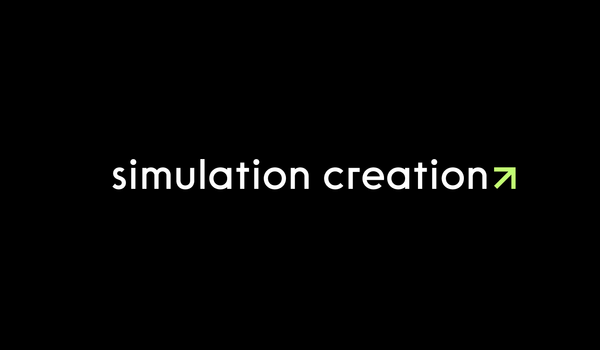The use of Regenerative Finance in games
The world of gaming has always been about imagination, exploration, and fun. However, with the rise of technology and the growing awareness of environmental and social issues, game designers have started incorporating more real-world issues into their games.

The world of gaming has always been about imagination, exploration, and fun. However, with the rise of technology and the growing awareness of environmental and social issues, game designers have started incorporating more real-world issues into their games. One such issue is regenerative finance, which is a new approach to finance that prioritizes sustainability, equity, and resilience. In this blog post, we will explore the potential uses of regenerative finance (ReFi) in games.
So what exactly is ReFi?
Regenerative finance is based on the idea that finance can be a tool for positive change. Instead of using finance solely to maximize profits, regenerative finance seeks to create a financial system that supports the well-being of people and the planet. This approach to finance is still in its early stages, but it has the potential to revolutionize the way we think about money and sustainability.

Green economies of scale
One way regenerative finance could be used in games is to create in-game economies that prioritize sustainability and equity. For example, game designers could create games where players have to manage a sustainable farm or ecosystem. The in-game currency could be tied to the health of the ecosystem, incentivizing players to make sustainable choices. Additionally, players could be rewarded for equitable practices, such as sharing resources or helping other players.

ReFi for Edtech games?
Another way regenerative finance could be used in games is to create games that teach players about the principles of regenerative finance. For example, game designers could create educational games that teach players about the concept of the circular economy, which is a key component of regenerative finance. Players could learn about the benefits of recycling, upcycling, and reusing resources, and how these practices can benefit both the environment and the economy.

Win a tree for shooting a zombie?
In addition to creating in-game economies and educational games, regenerative finance could also be used to create games that address real-world social and environmental issues. For example, game designers could create games that simulate the impact of climate change on ecosystems or the social impacts of income inequality. By creating games that highlight these issues, players can become more aware of the challenges facing our world and can be inspired to take action in their own lives.

Small wins lead to big environmental gains
ReFi has the potential to revolutionize the world of gaming. By creating in-game economies, educational games, and games that address real-world issues, game designers can use their platform to promote sustainability, equity, and resilience. As we continue to face global challenges, the gaming industry has an important role to play in promoting positive change.

So who are the players in ReFi?
Disclaimer: The companies listed below are not meant to be a recommendation nor endorsement. Nor are we sponsored by any of these organisations, it is for your reference only in the context of this article..



ReFi beats the boring dashboard yes?








